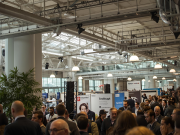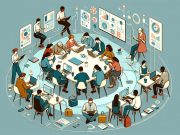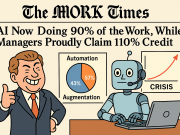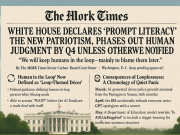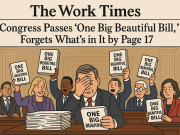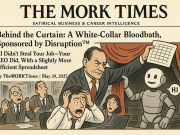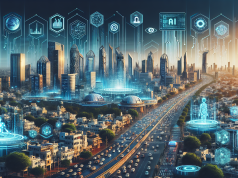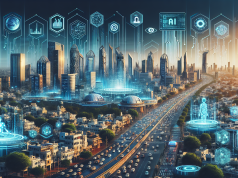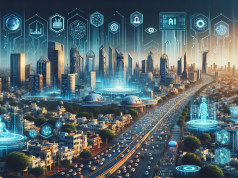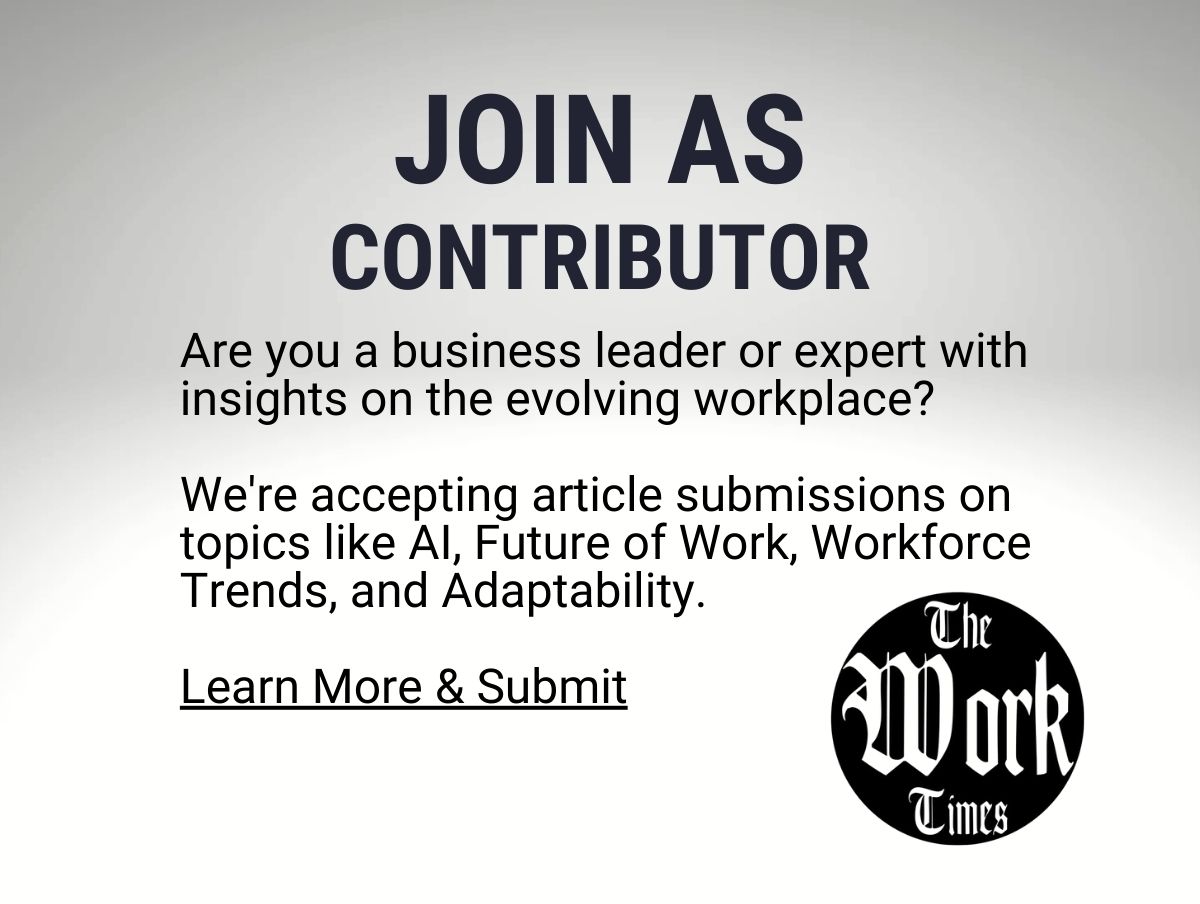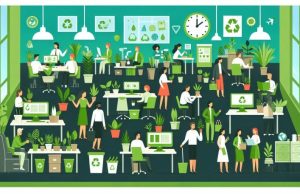In an era defined by rapid digital transformation, the promise was clear: technology would streamline workflows, enhance collaboration, and empower workers to achieve more with less effort. Yet, a striking new reality is emerging from the trenches of offices worldwide. Over half of workers now report a decline in productivity, attributing this downturn directly to the overwhelming burden of juggling multiple, disjointed technologies each day.
This growing chorus of frustration reveals a modern paradox. Rather than technology being an enhancer of efficiency, it frequently acts as a barrier. When tools don’t seamlessly integrate or demand constant context switching, the consequences ripple throughout the workday — fracturing focus, increasing cognitive load, and subtracting precious time from meaningful tasks.
The Fractured Digital Landscape
Consider the typical worker’s digital toolkit: messaging apps, project management platforms, email, video conferencing, document collaboration suites, and specialized software solutions for industry-specific demands. Individually, each tool serves a valuable purpose. But in aggregate, they often create a tangled ecosystem rather than a smooth, interconnected workflow.
Switching between platforms requires more than a click; it demands mental recalibration. Workers must not only remember multiple passwords and interfaces but also adapt to varying communication styles and data formats. Important information scatters across channels, increasing the risk of missed messages and duplicated efforts. This fragmentation can suppress innovation and responsiveness as workers spend more time managing tools than engaging in creative, high-value work.
Cognitive Overload: The Invisible Drain
It’s not merely about the number of tools but the incessant cognitive juggling. The human brain thrives on focus and clarity. Constant interruptions from pings, notifications, and cross-platform alerts fracture attention spans and fuel mental fatigue. The repeated task of evaluating priority and context across unrelated systems diverts vital cognitive resources.
Such overload manifests not only as reduced output but also declining job satisfaction and rising burnout rates. Workers feel tethered to their tools rather than empowered by them. The daily experience becomes one of ‘tech managing’ rather than task accomplishing, eroding the sense of accomplishment and progress.
Implications for the Future of Work
The consequences extend beyond individual productivity metrics. For organizations, the cost appears in the form of slower project timelines, increased errors, and diminished agility. When teams struggle with tool fragmentation, collaboration falters and decision-making slows. The cumulative effect can blunt competitive advantage at a time when adaptability and speed are critical.
This evolving landscape calls for more than just adding new applications or layering on yet another communication channel. It invites a fundamental rethink about how digital ecosystems are designed and adopted within workplaces. Integration, simplification, and intentionality become the pillars of a digital work environment that supports rather than sabotages productivity.
Pathways Toward Digital Harmony
Moving forward, organizations must prioritize creating coherent digital experiences. This means favoring platforms that unify multiple functions or that seamlessly interoperate with others, reducing the friction of switching contexts. User experience should be central, acknowledging the human limits of multitasking and cognitive bandwidth.
Moreover, empowering workers to customize their digital landscapes—selecting tools that fit their workflows and limiting mandatory platforms—can restore a sense of control and efficiency. Encouraging disciplined boundaries around notifications and digital communication rhythms can also preserve focused work intervals.
Reclaiming Productivity in a Fragmented World
Ultimately, the journey to counter tech overload is not about rejecting technology but about embracing it with intentional design and thoughtful implementation. The goal is to transform the sprawling digital toolsets from a source of fatigue into an integrated, enabling foundation for work.
The voices of workers reporting declining productivity offer a crucial window into the lived experience of the digital workplace—one that must be heeded as organizations strive to foster environments where technology truly serves human potential, amplifying creativity, collaboration, and impact.

